By Frédéric de Kemmeter – Railway signalling and freelance copywriter – Suscribe my blog
09/01/2022 – (Version en français)
🟧 Back to homepage 🟧 See our brief news
The difficulties faced by new entrants in the Continent are characterised by, among other things, the lack of essential facilities such as maintenance workshops, a large fleet of leased rolling stock and specifically trained staff.
Only the incumbent companies have a solid financial basis to invest in the railway sector. This is a sentence often heard from some analysts. They are not wrong, but they do not explain why.
In a previous analysis, we showed the importance of fixed costs and the need to spread these costs over several operators rather than a single monopoly railway.
This analysis would be incomplete without adding the dimension of ancillary services, which are equally important. The leasing of rolling stock and its maintenance are crucial to the successful implementation of new train services.
Railway realities
In December 2016, the startup Locomore launched its daily trains between Stuttgart and Berlin. It had somewhat forgotten that every x thousand kilometres the train had to return to the workshop for an axle check. Since Locomore probably had no reserves, a few days a month customers found an empty platform in Stuttgart, Frankfurt or Berlin: the train was in maintenance.
Although seen as an accessory, the maintenance of rail vehicles is nevertheless covered by a large number of national and European technical standards and regulations, signed and recognised by each State. The application of these standards enables a national safety body to issue a permit to operate on national railways. And also to withdraw it in the case of serious breaches.
This kind of thing is not a problem for a historic company that has a large number of workshops to carry out this maintenance. This is not the case for the new entrants. Fortunately, NTV-Italo can count on its supplier Alstom to have its own workshop, in Nola, near Naples. A workshop that the historic company Trenitalia does not frequent.
In the Ruhr, but for another reasons, Siemens has also created its own maintenance workshop for the RRX network trains, independent of the Deutsche Bahn workshops. The manufacturer Stadler has done the same thing in the Netherlands to guarantee the availability of the 36 FLIRT trains operated by Arriva NL.
Independent maintenance workshops are springing up everywhere, allowing new entrants to have a network of « rail garages ».
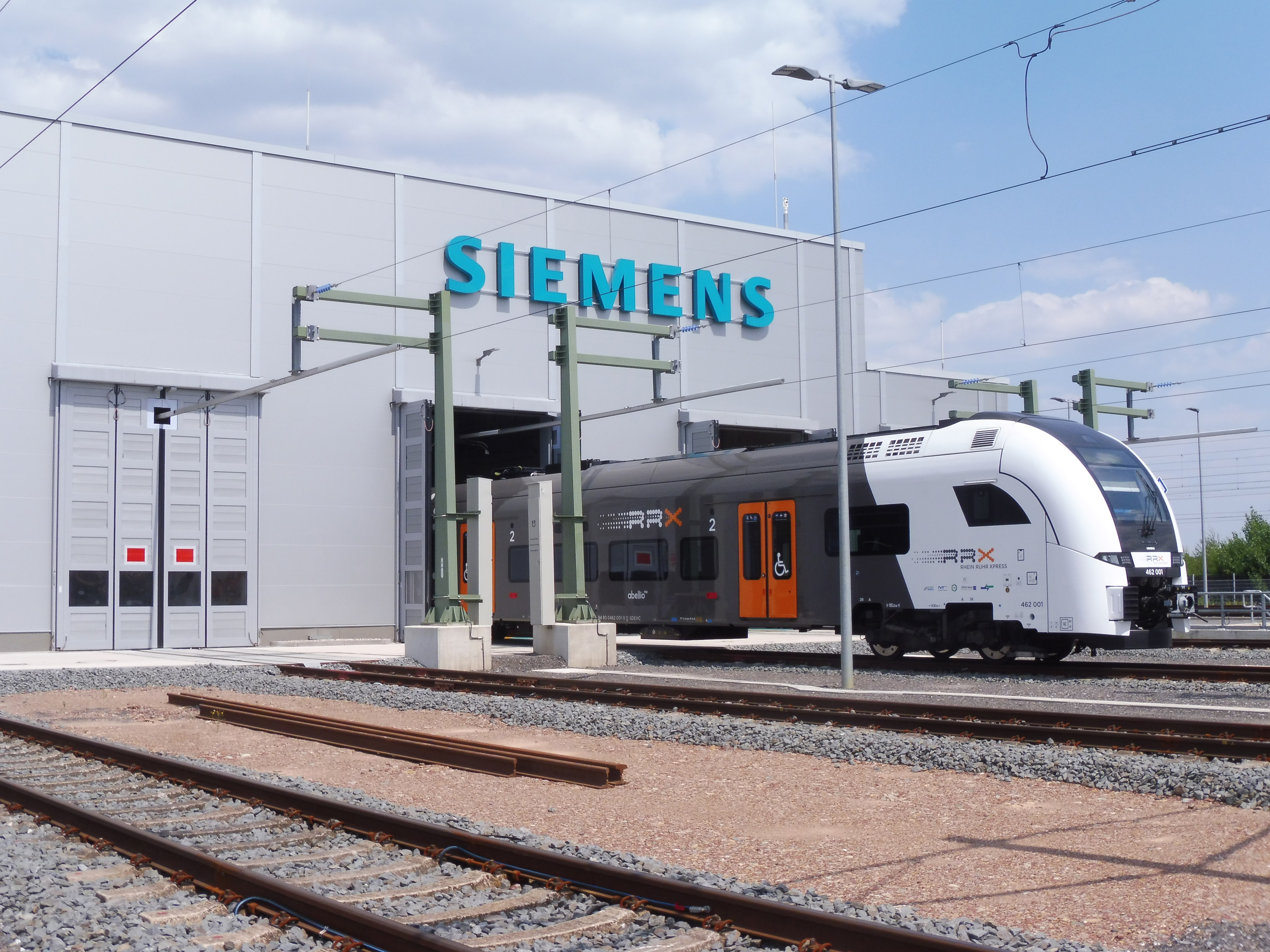
The train is not a bus
In 2018, the management of Flixmobility spoke the typical language of startups, stating that ‘a train is never just a slightly longer bus‘. Three years and two pandemics later, the discourse has been largely modified.
Flixtrain has moved into asset ownership, which was not in its original pedigree. For Managing Director Fabian Stenger, it became clear that for Flixtrain ‘there comes a time when you have to decide to buy trains yourself‘. This contradicts the general strategy of the company, which outsources as much as possible. But Stenger recognised that ‘the rail business follows different rules than the long-distance bus business. Flixtrain can’t afford to make any purchases at the moment, » he said in the autumn of 2020.
The leasing company Railpool, which is more focused on leasing traction equipment, has become a « financial partner » of Flixmobility. Railpool has acquired old DR compartment coaches that were converted into high-capacity coach cars by the Aachen-based company Talbot. In the FlixTrain project, Talbot Services GmbH is modernising the Railpool group’s coaches and, as part of the 15-year lease of the coaches, is assuming full service, including ownership and ECM responsibility (maintenance entity).
While the leasing sector offers facilities for locomotives and regional railcars, high-speed trains still seem to be excluded from this market. One of the reasons is that high speed requires high-tech trains with ETCS, and the additional national Class B systems to reach stations. Freight operators and those operating under public service contracts in regional traffic do not currently have this problem.
Trenitalia, for example, found itself having to install the TVM300 safety system on its Frecciarossa trains, an obsolete analogue system that is no longer manufactured in France, in order to operate on the LGV between Lyon and Paris. Conversely, SNCF TGVs cannot run on the new line between Turin and Milan because the ETCS has not been implemented on board the trains…
All this has significant costs that only companies like NTV-Italo can bear. A leasing of high-speed trains, even second-hand ones, with a central European workshop dedicated to the implementation of safety systems could partly solve this important problem. But for this to happen, there must be other candidates for high speed than the current incumbents…
The realities of the work world
Moving from a happy start-up to a company brings its own surprises. Flixmobility, for example, said that many German laws on company formation or occupational health and safety were outdated or at least unsuitable for startups. The Munich-based company had to contend with the minimum wage and the difficulty of hiring enough staff. Steeped in start-up culture, the Flixmobility boss had to dive into the real world to finally admit that ‘without good contacts in politics, almost nothing works – whether in Berlin, Brussels or even Washington.‘
Obtaining staff is difficult now for new operators where businesses are practically building their workforce from scratch. After all, there is no such thing as a rail school, as there is a pilot school, for example. This is a real problem for highly specialised professions such as train drivers.
Smaller new entrants do not have the resources to train drivers and workshop staff. So they have to take drivers from incumbent companies, which is not very easy. Or enter into a partnership with all its complications.
Workshop, rolling stock and staff – a complete and independent environment should be built to accelerate the arrival of new operators.

09/01/2022 – By Frédéric de Kemmeter – Railway signalling and freelance copywriter
Suscribe my blog
Related topics:
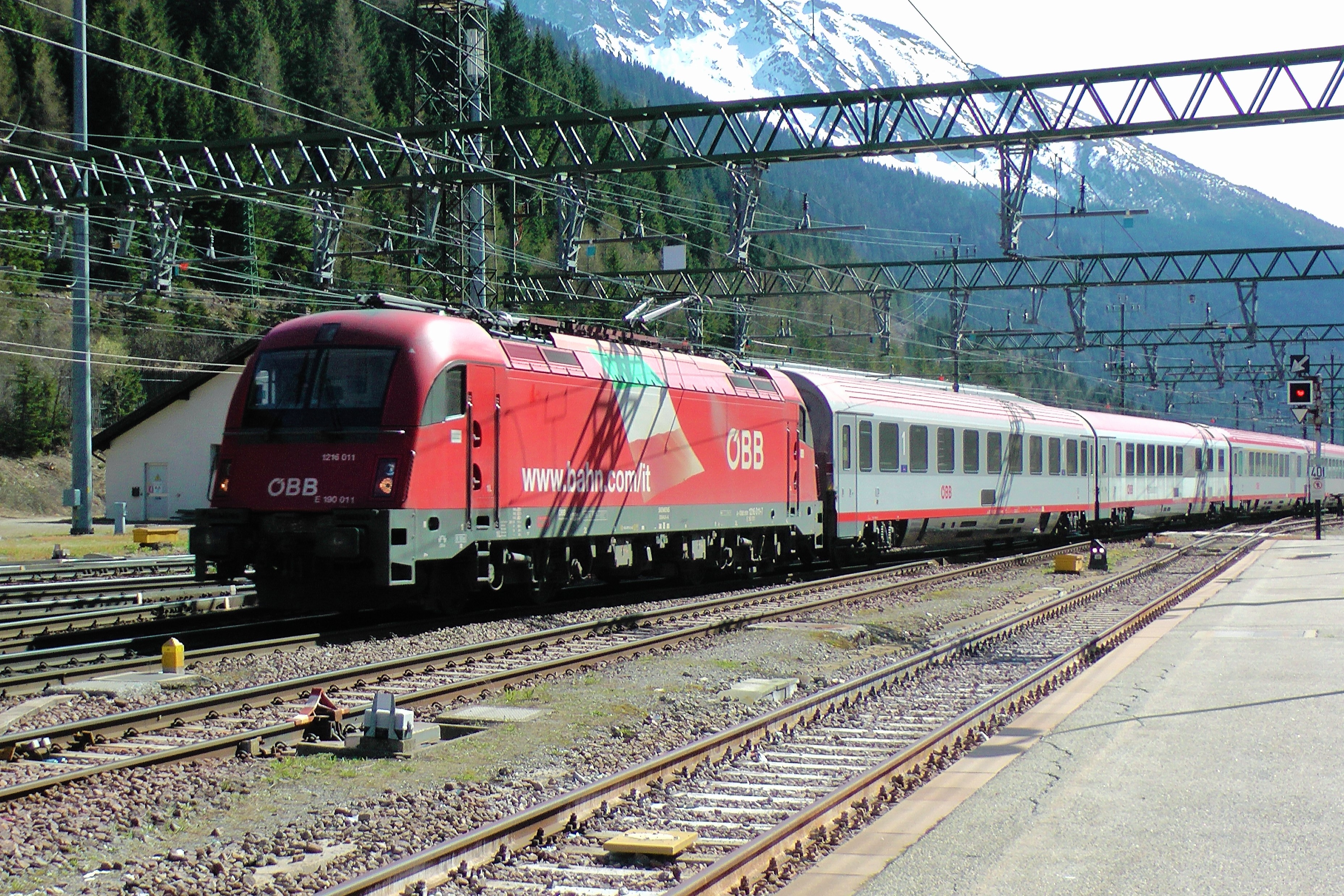 Intercity, a train not to be forgotten in Europe
Intercity, a train not to be forgotten in Europe
12/12/2021 – Standardisation, volume and competition from aviation. This is the main focus of the long distance policy of the railway companies. To achieve this, they have relied on high speed, forgetting a little about the added value of the classic Intercity train.
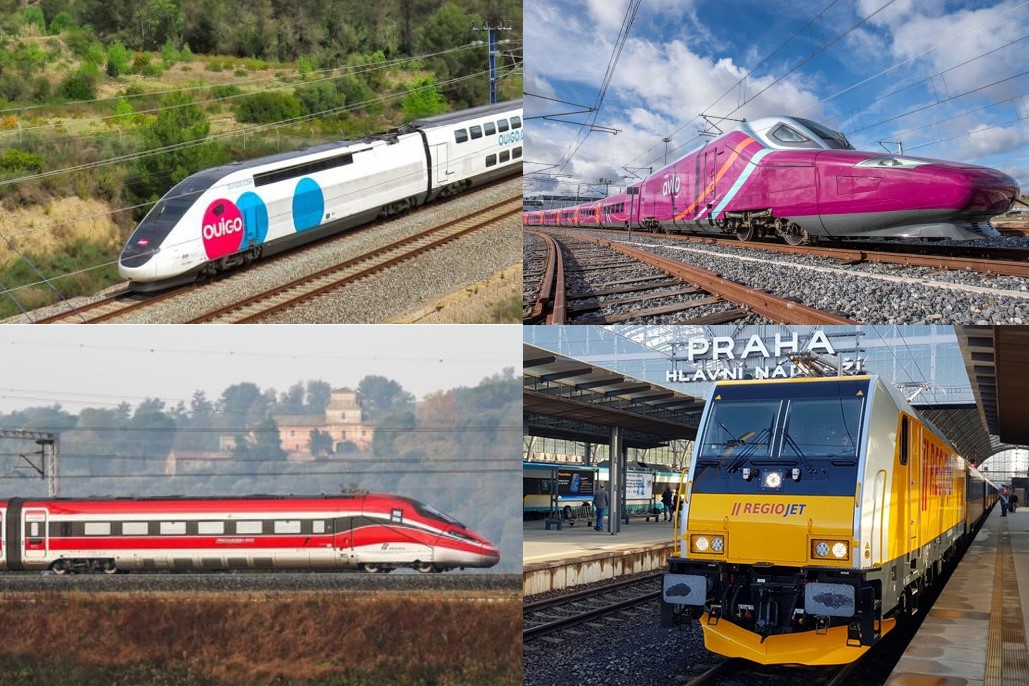 What’s new about long distance operators?
What’s new about long distance operators?
22/08/2021 – There is a lot of movement among the long-distance operators in Europe. This is an opportunity for a brief summary as we enter the last quarter of 2021, featured Trenitalia, Ouigo Espana, REgioJet and Renfe. xxxxxxxxxxxxxxxxxxxxxxxxxxxxx xxxxx xxxxxxxxxx xxxxxxxxxx xxxxxxxxxxx
 Moving from product to customer: can rail learn from Gafam?
Moving from product to customer: can rail learn from Gafam?
20/06/2021 – Moving from a « product » policy to a « customer » policy is a real challenge for rail. The weight of assets (trains-infrastructure) and cultural habits still largely shape rail policy, but there are, however, some reasons for hope.
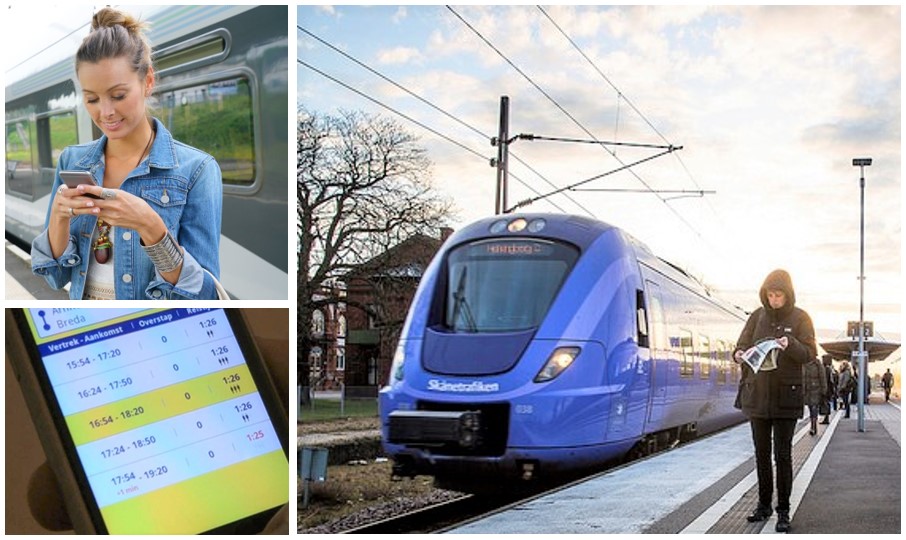 Datas and mobile app: a new weapon to dominate
Datas and mobile app: a new weapon to dominate
02/01/2021 – How mobile app are becoming a weapon for one company to dominate rail transport. The question is whether this is how there will be a modal shiftxxxxxxxxxxxxxxxxxxxxxxxxxxxxx xxxxx xxxxxxxxxx xxxxxxxxxx xxxxxxxxxxx
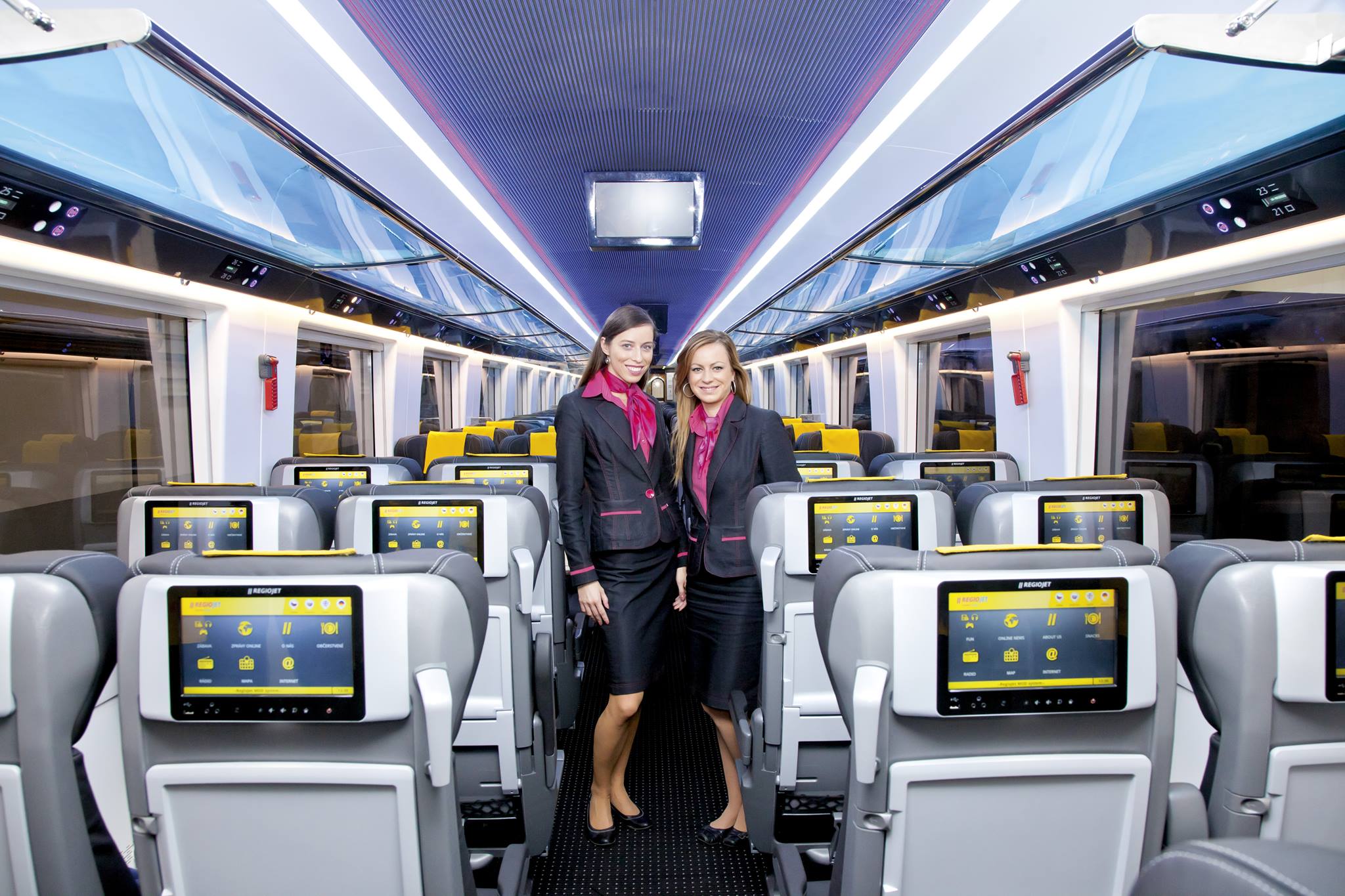 A pool of vehicles could facilitate access for operators of pulled trains
A pool of vehicles could facilitate access for operators of pulled trains
26/10/2020 – One of the problems facing new entrants is the acquisition of rolling stock. Leasing formulas exist for traction equipment, but less so for pulled equipment. This can be an obstacle, especially for night trains.
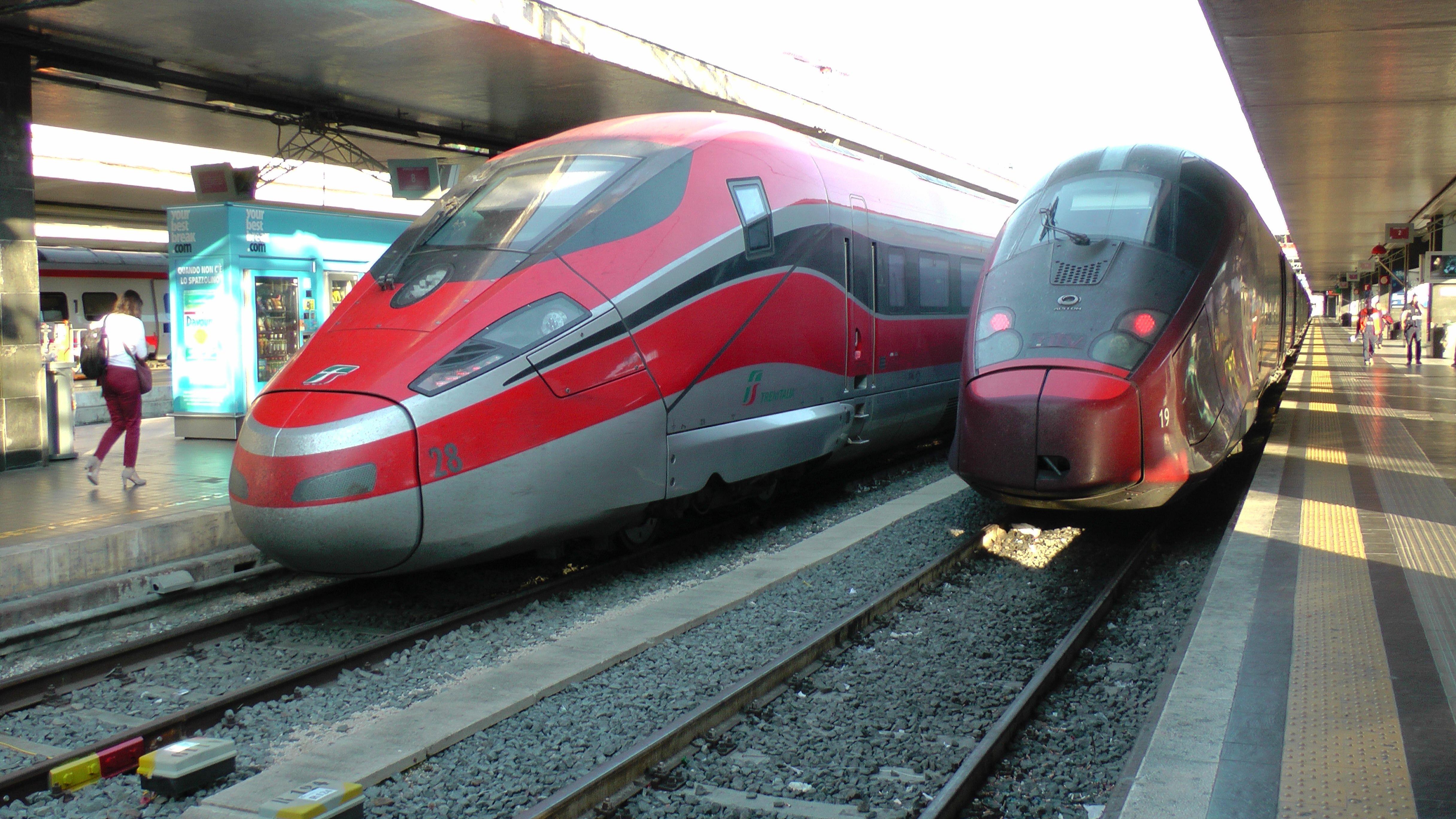 More operators are needed to contribute to more modal shift
More operators are needed to contribute to more modal shift
16/08/2020 – The railway is not able to cover a maximum of our mobility needs. Not really because there are other modes of transport, but because there are not enough operators and innovation.


Vous devez être connecté pour poster un commentaire.